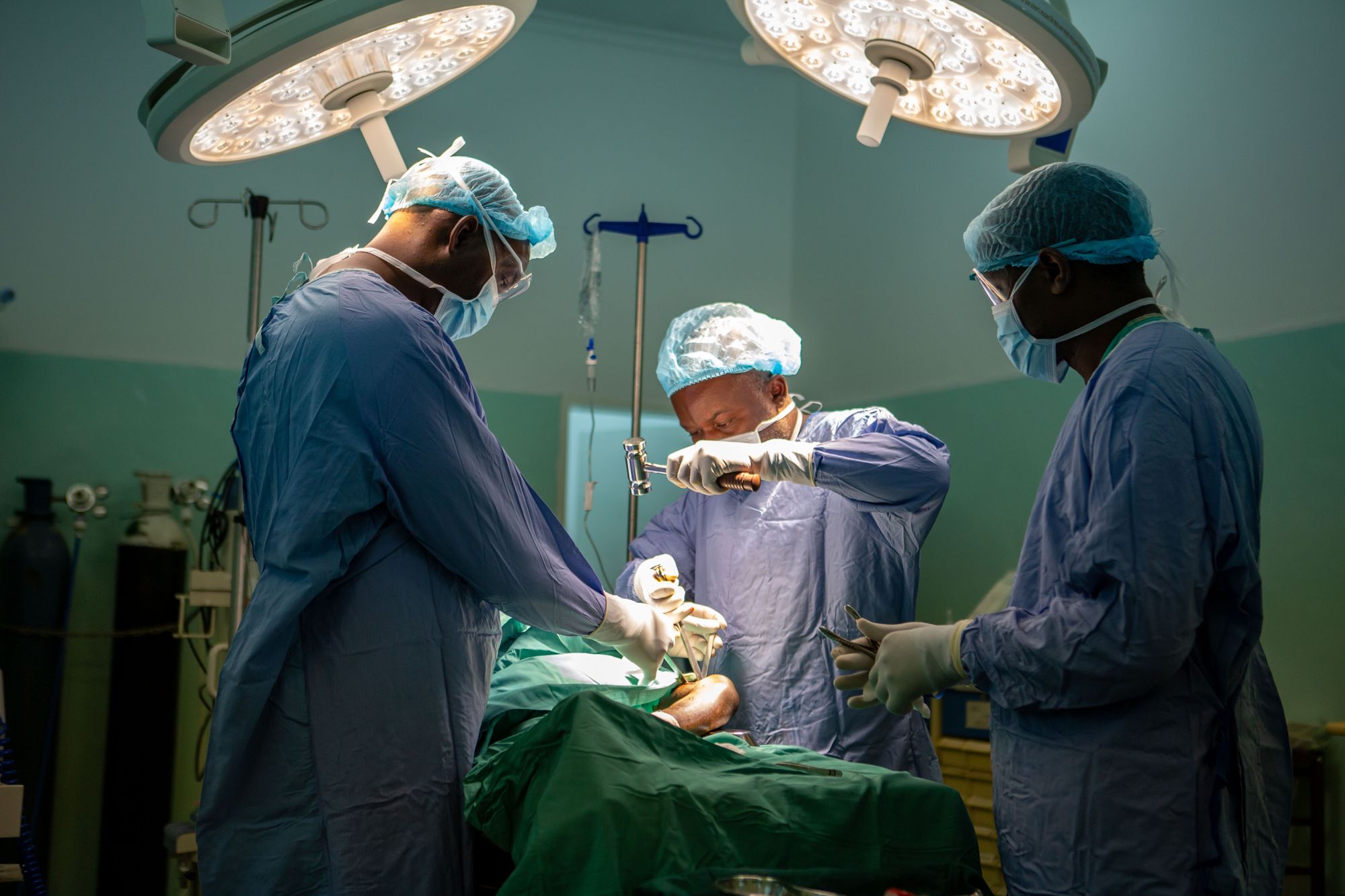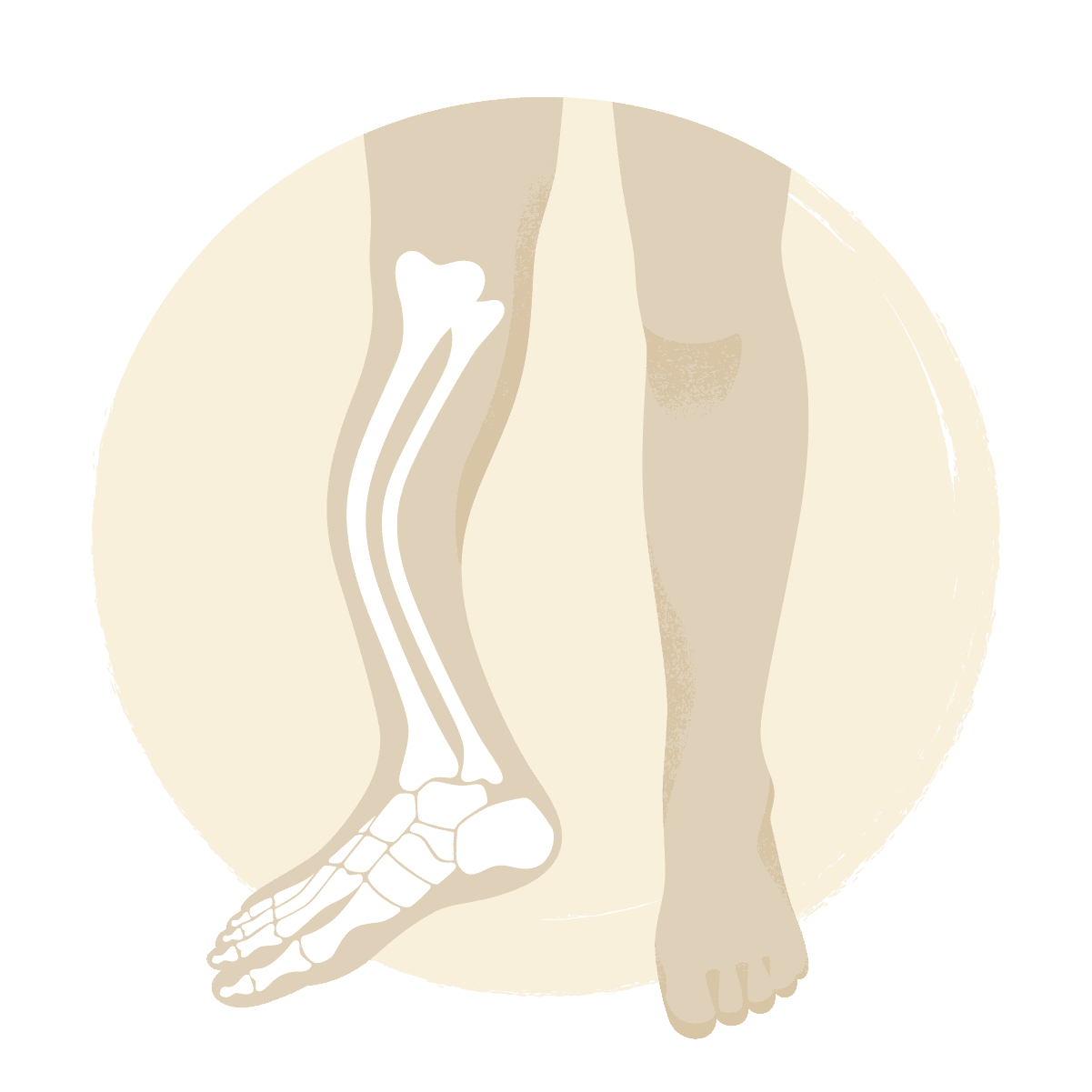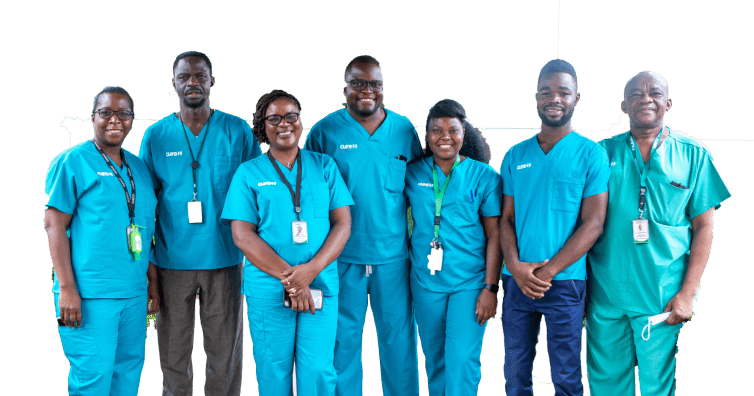What issues do children with osteogenesis imperfecta face?
PAIN
Weakened bones can lead to abnormal bending, painful breaks, and fractures.
LIMITED MOBILITY
Children can lose the ability to walk, preventing them from attending school.
How does surgery change a child’s life?
- The condition can be managed with medicine to strengthen, and surgery to straighten, the bones.
- Children experience restored confidence and hope as they are accepted into community life.
- Mobility improves so children can run, play, walk pain-free, and complete school, which leads to more opportunities.




